Shanghai – Changsha, about 1100 km in total.
In the past, when I wanted to drive there and back, I always used a gasoline vehicle. However, after purchasing the EC6 this year, I wanted to take up the challenge of a pure electric long-distance trip to see how it would work out.
With the painful lesson from last year’s National Day holiday (starting the night before the holiday, it took 7 hours to travel from Shanghai to Hangzhou and a total of 22 hours), this time I decided to adopt a conservative plan and leave one day in advance to try to avoid the peak traffic.
In terms of route choice, I stuck with old familiar roads I’ve taken many times before. G60 Shanghai-Kunming Expressway to Hangzhou Ring Expressway, then G25 Changsha-Shenzhen Expressway, G6021 Hangzhou-Changsha Expressway to Nanchang Ring Expressway, then Changli Expressway (Nanchang – Shangli), Liuhong Expressway to Changsha Huanghua Interchange.
The Shanghai-Hangzhou section of this route is a mainstream route with a speed limit of 120 km/h and a lot of traffic, making it prone to congestion near Hangzhou and its surrounding areas. However, once you pass Hangzhou, it’s smooth sailing all the way (and there are no large trucks on the Hangzhou-Changsha Expressway!).
The western part of Zhejiang is limited to 100 km/h because of the numerous mountains, bridges, and tunnels. This road condition is also present throughout Jiangxi Province until you reach the western part of Jiangxi and Hunan, where the speed limit is restored to 120 km/h.
This time, we hope to take it easy and enjoy the scenery without worrying about making good time. Therefore, we planned to leave on the night of April 29th to avoid the out-of-town traffic on April 30th, and stop at Jiande for a night’s rest before setting out again. At the same time, we also wanted to test the electricity consumption during long-distance driving.
When we set out, we had about 400 km of remaining range (i.e., 90% SoC).
Following the principle of risk reduction, I planned to stop charging when the remaining range was between 100-150 km, eating more but smaller meals.
I have confidence in the charging infrastructure in the Shanghai-Zhejiang-Jiangsu area, but that confidence was shattered when I made my first stop at the Xia Sha Service Area in Hangzhou.
First of all, the location of the charging piles on the map was a bit far from their actual location. Secondly, the charging station was located in the inner part of the service area, without any conspicuous signs or lights. After circling the service area twice, I finally saw the charging station far away but realized that it was surrounded by parked large vehicles, making it impossible to approach. Luckily, the remaining range was enough, so I gave up and headed straight for the next Tonglu Service Area to charge.
When I arrived at Tonglu, the remaining range was about 60 km, and the low battery warning had already started. If the service area in Tonglu was unable to charge our car too, this trip might have come to an early end.Fortunately, although the charging station was almost surrounded by large vehicles, we were able to charge smoothly because the charging station was located relatively far outside and the parked vehicles gave way to a passage.
Here’s a reminder for friends who drive on the Shanghai-Kunming Expressway at night: there are more large vehicles on this road, and they tend to concentrate in the service areas at night.
After we charged almost enough in Tonglu (I will attach the complete charging statistics at the end of the article), we set off again towards Jiande, encountering smooth road conditions throughout the journey (after all, it was already midnight and the official holiday hadn’t started yet).
When we arrived at the hotel in Tonglu, we only had 30 km of range left, which was quite a limit. We planned to go to the nearby Xiaojv charging station the next morning to recharge and have breakfast.
On the way, we also experienced a navigation system crash, possibly triggered by deleting waypoints.
Here we would like to complain that when the charging assistant on the car’s display adds waypoints to the map, the navigation system strictly plans the route according to the order of waypoint addition, rather than reordering according to relative position. This is quite silly.
The next day, we had some local specialty tofu buns in Jiande (which were quite good), and recharged to about 85% before continuing our journey (after charging above 85%, the charging speed slows down significantly, and waiting any longer is not cost-effective). The weather was good and the scenery along the way was also very nice.
We stopped at several service areas during the day, and charging was relatively smooth throughout the journey. The road conditions were good and there were few cars on the road. We let Nomi drive with the assisted driving feature on most of the time, while we chatted, enjoyed the scenery, and snacked.
We passed through the following service areas: Kaihua Longding Service Area, Junshanhu Service Area, Wanli Service Area, and Shangli Service Area (we took a detour of several kilometers and changed to the opposite direction on the highway at a different exit before coming back to this side where the charging station was).
Seeing the whole process of sunset in the middle of Jiangxi Province, and then seeing the stars all over the sky in a highway service area (Shangli Service Area, where businesses were closed and the only available facilities were charging stations and restrooms) without too much light pollution after nightfall.
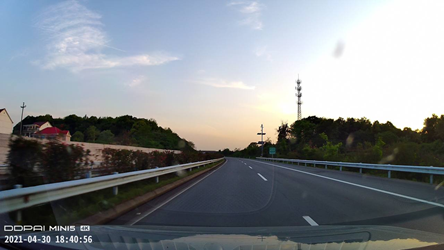
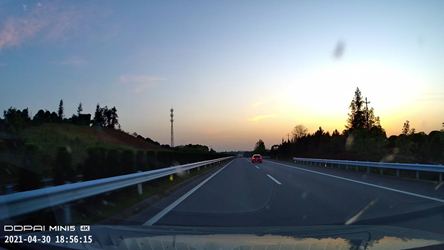
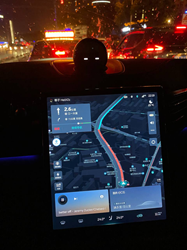
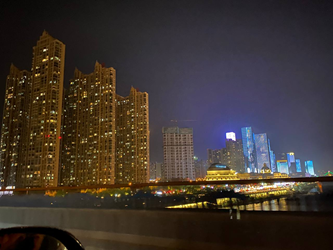

Finally arrived in Changsha at around 22:00 in the evening, encountered heavy traffic in the city (it was still congested at this time…), and arrived home at around 23:00, concluding the trip.
The service areas and charging status along the way:


Mileage, speed, power consumption, and assisted driving status for each segment on the way:
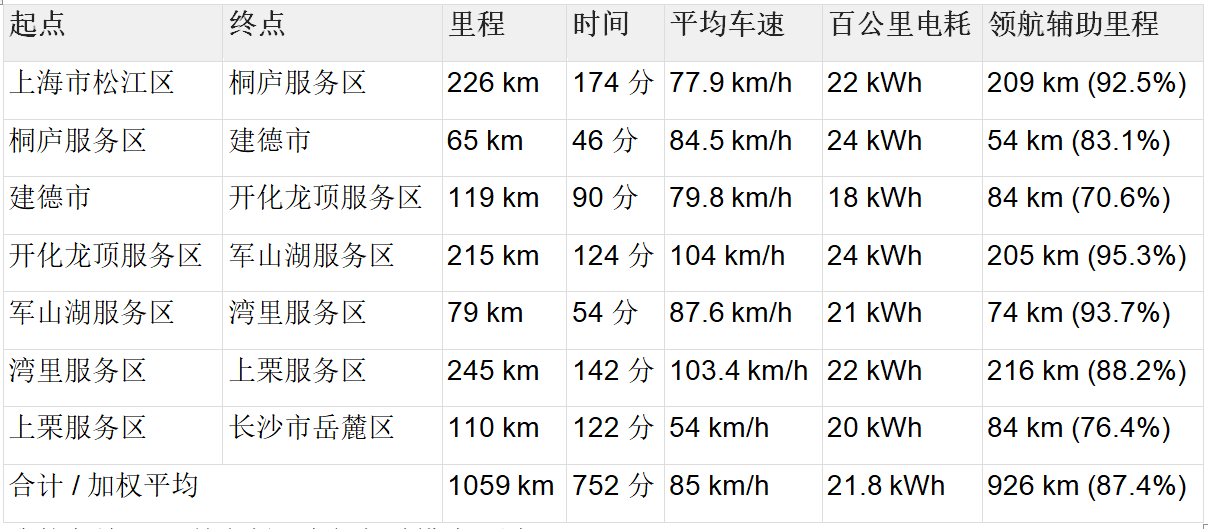
My car is the EC6 Signature Edition, with the following driving mode settings:
Regenerative braking – very low, acceleration performance – medium, air suspension – low.
The air conditioner (set at 24-25℃), audio system, and dashcam were on throughout the trip, with two passengers and some luggage in the car.
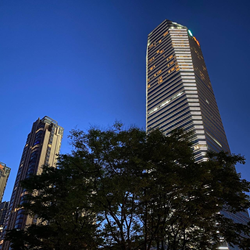
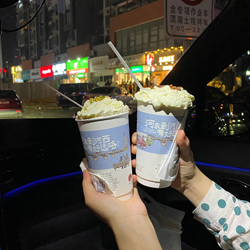
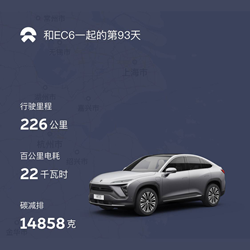
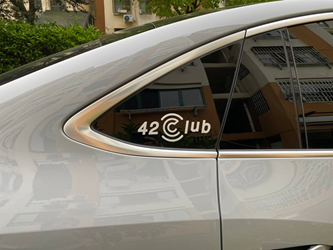
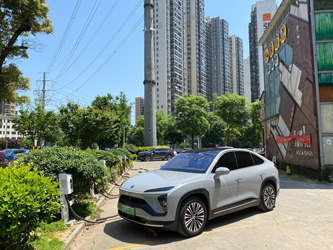
Summary of Data and Views:
-
The driving time is 12.5 hours, and the charging time is 4.7 hours. The average charging power is only 45 kW. If the charging power can be doubled, the charging time can be consistent with the driver’s rest time, seamlessly connected.
-
A long-distance journey of 1000 kilometers is feasible with the support of the network at high-speed service areas. However, my experience only reflects the situation where resources are sufficient. It is expected that the return journey from 5.4 to 5.5 will be somewhat worse due to the large number of vehicles.
-
The mileage of the navigation assistance is 87.4%. Considering the driving in the last tens of kilometers and the tens of kilometers in the urban area on the way to Jiande, using NOP on the high-speed is comfortable and worry-free.
-
The high-speed power consumption of the EC6 is also average with an average of 22 kWh between high-speed cruising of 100 to 120. The car is indeed relatively large and not energy-saving.
This article is a translation by ChatGPT of a Chinese report from 42HOW. If you have any questions about it, please email bd@42how.com.